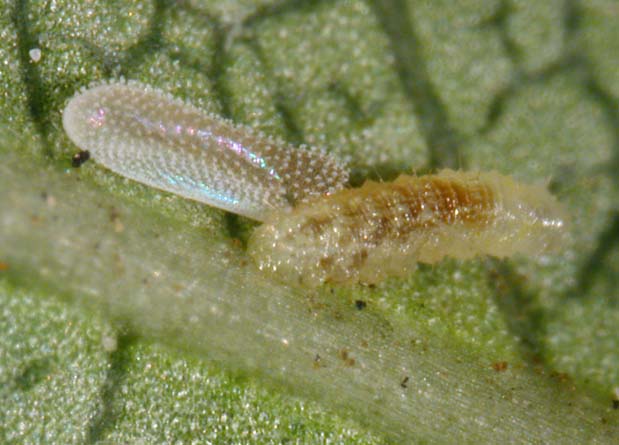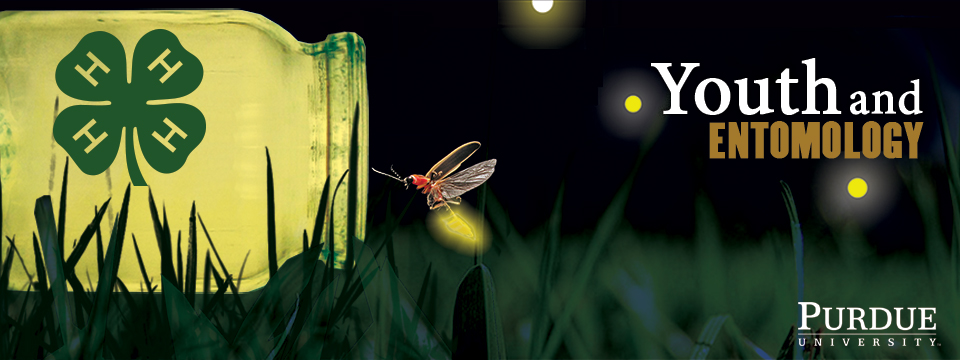

|
|
Syrphid Fly (hover Fly) larva
(John Obermeyer, Purdue University) |
|
Common Name: Syrphid Fly (hover Fly) - larva
See also: adult | benefit Scientific Name: Syrphidae: several species Status: beneficial predator Beneficial Stage: immature Biology: Adult syrphid flies range from 1/4 to 3/4 inch long. Most adults are black or brown with yellow-banded abdomens, often resembling bees or wasps. Syrphid flies always have just two wings, however, and usually have very large eyes. Some species are hairy and have a long, thin abdomen. Females lay single eggs on aphid-infested leaves or near another suitable food source. Maggots hatch from the eggs in two or three days and begin to search for food. The larvae are legless maggots and vary in color from creamy white to green or brown. As maggots, they lack an obvious head but do sport mouthparts that are used to impale their victims. Larvae of a few species feed on live plants, but most feed on other insects, primarily aphids. After two or three weeks, maggots pupate, and later, the adult fly emerges. Adults feed on pollen and nectar. |
 |
||||||||||||||||
|
|
|||||||||||||||
|
Purdue Extension Entomology, 901 West State Street, West Lafayette, IN 47907 USA, (765) 494-4554 Department of Entomology | College of Agriculture | Extension © Purdue University | An equal access/equal opportunity university | Integrity Statement | Copyright Complaints | Maintained by ENTM IT Trouble with this page? Disability-related accessibility issue? Please contact us at entmwebmaster@purdue.edu so we can help. | ||||||||||||||||
